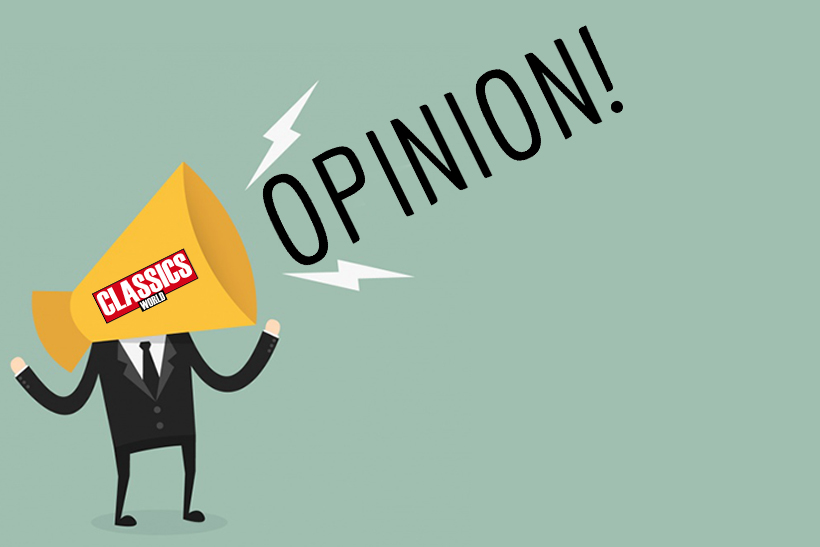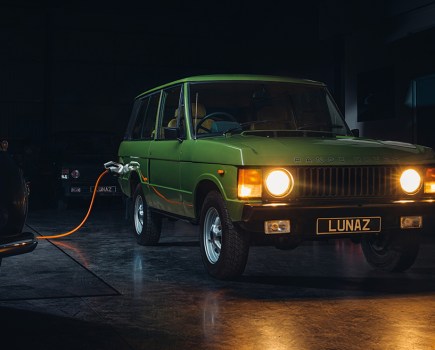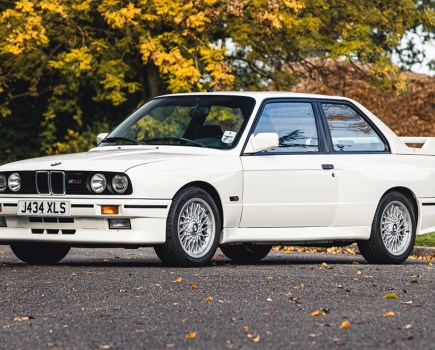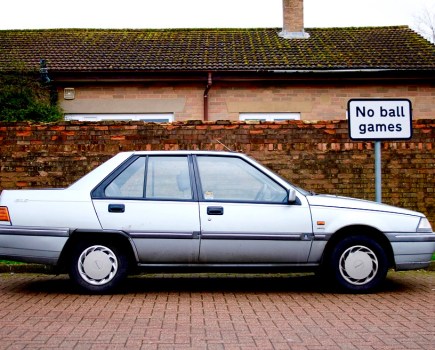It’s a common perception that today’s classic car market is attracting increasing numbers of investors and speculators. Just as the late ’Eighties saw profit-hungry buyers entering the fray, spending serious money on high-end classics in order to make a hefty profit in the medium term, the current scene isn’t short of people looking to invest, or so goes the theory. But is that actually the case?
The last few years have certainly seen major increases in classic car values, with vehicles selling for the kind of money that would have seemed unthinkable even just a decade ago. And while many of the headline-grabbing sale prices have been via the most prestigious auction houses, with rare Ferraris, Aston Martins and so on changing hands for eye-watering sums, the market as a whole has seen an upward shift in values.
These days, ultra-low bank rates are encouraging enthusiasts and investors alike to spend their own money on cars (rather than using borrowed money, which was a major factor during the high-profile classic car boom of the late ’Eighties), giving them an enjoyable asset that may continue to rise in value, rather than them simply relying on one to two per cent interest from their bank.
Whether the interlinked factors of increased demand and rising prices have been fed by investors or enthusiasts, however, we’re faced with one fascinating question: How has the classic car market that’s been booming in recent years been performing against other forms of investment?
According to a report on ClassicDriver.com, the upper end of the classic car market has been outperforming both gold and art on the international scene: “The situation has even been confirmed by the renowned art site Artnet.” The report explained that two growth studies carried out by Artnet confirmed the remarkable growth in classic vehicle prices: “Both demonstrate that the value of the best classic cars has experienced a major growth spurt in recent years. Between 2002 and 2012, cars outpaced not only art, but also the 400 per cent growth in gold prices – and the classic car market has now reached an all-time high, with … 500 per cent growth over the last 10 years.”
Interestingly, Artnet’s index of the international art market suggests that art peaked last year in terms of value, and is currently in decline. This contrasts with rocketing values of the most prestigious classic cars, with Artnet claiming that top-end Ferraris have seen a 33.6 per cent increase in prices achieved over the last few years, suggesting that these cars have been benefiting from historically low interest rates.
This doesn’t necessarily mean that Ferrari buyers are relying on borrowed money; it’s more likely, insist the auctioneers we’ve been speaking to, that low interest rates are forcing investors to look for alternative opportunities, and see classic cars as a relatively secure option. Earlier this year, classic vehicle auctioneer Richard Edmonds told us: “People are taking money out of the bank and putting it into genuinely usable classics. The market is very strong.”
RATE RISE EFFECTS
At some point, however, interest rates will need to rise, not just here in the UK but in the crucial US market and beyond. So is this likely to have a detrimental effect on classic car values, as investors spy other opportunities? It was an interesting point discussed at a recent classic car market seminar, held at Beaulieu’s National Motor Museum and hosted by classic vehicle insurer Hagerty. According to Hagerty, “the consensus was that the classic car market, while posting impressive gains in the last several years, still appears to be rational and dominated by end-users rather than investment-minded speculators”.
This suggests that in the market as a whole (rather than simply looking at the headline-grabbing results at the upper end), investors and speculators are still outnumbered by genuine enthusiasts; and that means there’s unlikely to be a major drop in either demand or values once interest rates start creeping upwards, according to Hagerty: “The panel agreed that the spectre of rising interest rates will not necessarily lead to a cooling off in the market. The classic car market is still dominated by enthusiasts rather than investors, which allows for stability.”
There was general agreement, however, that a future threat to the classic car movement could be a lack of knowledge and experience from the specialist sector. One panel member, classic car valuation expert Richard Hudson-Evans, explained: “The long term concern for some of the vehicles, in particular the pre-war vehicles, is the lack of up and coming talent to look after them.”
As for the kind of classics that are showing the most potential in terms of future values, the consensus was that a new generation of enthusiasts is now affecting the market, opting for makes and models a little younger than those preferred by the ‘baby boomer’ generation. Cars from the late ’Eighties and early ’Nineties hold particular promise, with the panel suggesting that models like the Honda NSX, Porsche 928, Mazda MX-5 and Ford Capri are among the ones to watch. “These cars are well built, reliable, fast and fun,” explained Rob Sass, contributor to the New York Times.
WHAT DO YOU THINK?
Are modern classics from the late ’Eighties the next big thing, or are there better classic investments out there? Whatever your views on the market, leave us a comment below.





